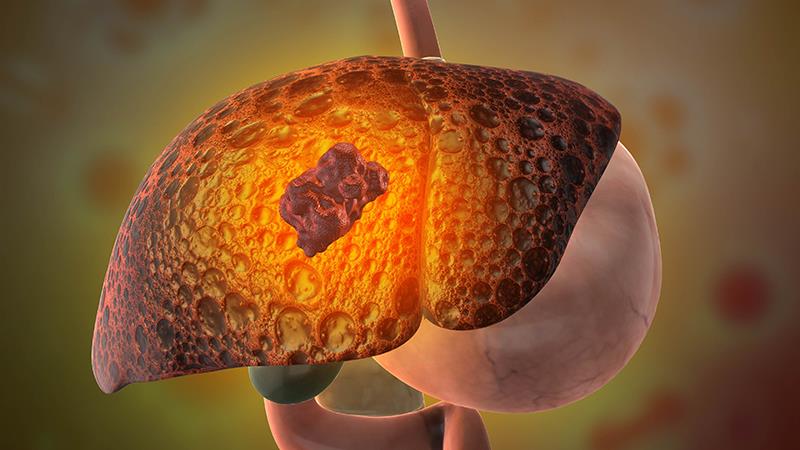First-line durvalumab plus tremelimumab safe to use in unresectable HCC





The phase IIIb SIERRA study has shown an acceptable safety profile for the single tremelimumab regular interval durvalumab (STRIDE) regimen as first-line treatment for patients with hepatocellular carcinoma (HCC) who have a poor prognosis.
Furthermore, the safety profile of STRIDE is consistent with that observed in the HIMALAYA study despite including patients with worse hepatic function, poorer ECOG performance status, or more advanced vascular invasion in SIERRA.
“In this safety review of 98 participants, the safety profile of STRIDE was manageable in a sicker population than the HIMALAYA study, with no new safety signals beyond the known profile for this regimen,” said lead author Dr Stephen Lam Chan, State Key Laboratory of Translational Oncology, Department of Clinical Oncology, Sir Yue-Kong Pao Center for Cancer, Prince of Wales Hospital, The Chinese University of Hong Kong, Hong Kong SAR, China.
In SIERRA, participants received durvalumab 1,500 mg plus tremelimumab 300 mg x 1 dose on day 1, followed by durvalumab 1,500 mg monotherapy every 4 weeks. Grade 3/4 adverse events (AEs) possibly related to the study treatment (PRAE) within 6 months of initiation and objective response rate were the coprimary endpoints. Approximately 60 patients were followed for at least 6 months (data cutoff: 27 September 2024) for the safety review. [ESMO GI 2025, abstract 150MO]
Ninety-eight patients (median age 70 years, 87 percent male) were treated with STRIDE, including 35 with Child-Pugh score B7/B8, 44 with ECOG performance status 2, and 19 with chronic main trunk portal vein thrombosis (Vp4). The median number of durvalumab cycles was 2.0 for patients with Child-Pugh B7/B8, 7.0 for those with ECOG performance status 2, 3.0 for those with Vp4, and 4.0 overall.
Serious AEs
Grade 3/4 PRAEs that occurred within 6 months of treatment initiation were noted in 19.4 percent (95 percent confidence interval, 12.1–28.6) of participants. AEs and PRAEs of any grade occurred in 90.8 percent and 65.3 percent of patients, respectively, while serious AEs and serious PRAEs were reported in 32.7 percent and 14.3 percent of participants, respectively. Nearly one in four patients (26.5 percent) reported experiencing grade 3/4 serious AEs, while 25.5 percent reported immune-mediated AEs.
Additionally, 10.2 percent of participants discontinued treatment due to AEs, while 2.0 percent of patients had PRAEs leading to death.
“These results provide the safety data of STRIDE in patients with adverse unresectable HCC prognosis, including those with more decompensated hepatic function, poorer ECOG performance status, or more advanced vascular invasion, compared with the HIMALAYA study population,” Chan said.
In the phase III HIMALAYA study of patients with unresectable HCC, treatment with STRIDE resulted in significant improvements in overall survival relative to sorafenib in the primary analysis of the global cohort, with a manageable safety profile, according to Chan. Moreover, the OS benefit with STRIDE vs sorafenib lasted through 5 years of follow-up.
"For unresectable HCC, patients with a poor prognosis are often excluded from clinical trials; as such, there is unmet need for new treatment options in difficult-to-treat populations,” Chan said.